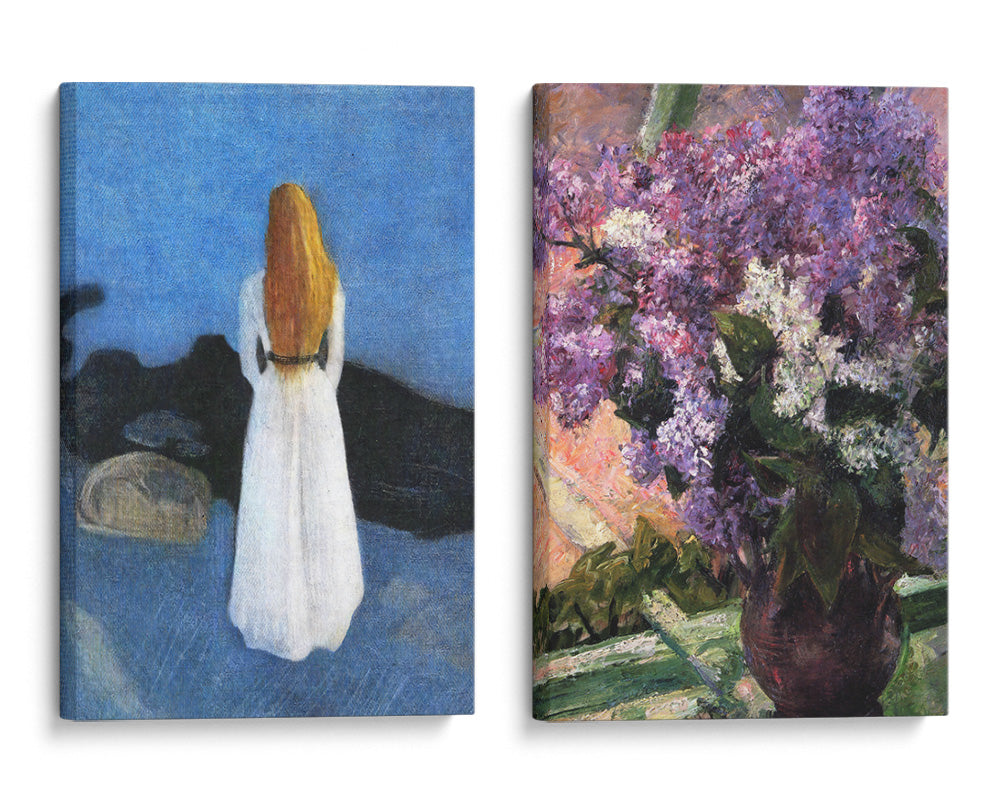62899191957
//kanvah.com/cdn/shop/files/phidias-showing-the-frieze-of-the-parthenon-to-his-friends-1868.jpg?v=1724865969
//kanvah.com/cdn/shop/files/phidias-showing-the-frieze-of-the-parthenon-to-his-friends-1868_20___20Framed_vertical-angled_3-2_BLACK.jpg?v=1735970403
1.0
//kanvah.com/cdn/shop/files/phidias-showing-the-frieze-of-the-parthenon-to-his-friends-1868_20___20Framed_vertical-angled_3-2_BLACK.jpg?v=1735970403 1.0
//kanvah.com/cdn/shop/products/Mockup-Landscape-3-2_E2_80_9420-phidias-showing-the-frieze-of-the-parthenon-to-his-friends-1868.jpg?v=1735970403 1.0
//kanvah.com/cdn/shop/products/Mockup-Landscape-3-2_E2_80_9411-phidias-showing-the-frieze-of-the-parthenon-to-his-friends-1868.jpg?v=1735970403 1.0
//kanvah.com/cdn/shop/products/Mockup-Landscape-3-2_E2_80_9412-phidias-showing-the-frieze-of-the-parthenon-to-his-friends-1868.jpg?v=1735970403 1.0
//kanvah.com/cdn/shop/products/Mockup-Landscape-3-2_E2_80_9413-phidias-showing-the-frieze-of-the-parthenon-to-his-friends-1868.jpg?v=1735970403 1.0
//kanvah.com/cdn/shop/products/Mockup-Landscape-3-2_E2_80_9414-phidias-showing-the-frieze-of-the-parthenon-to-his-friends-1868.jpg?v=1735970403 1.0
//kanvah.com/cdn/shop/products/Mockup-Landscape-3-2_E2_80_9415-phidias-showing-the-frieze-of-the-parthenon-to-his-friends-1868.jpg?v=1735970403 1.0
//kanvah.com/cdn/shop/products/Mockup-Landscape-3-2_E2_80_9416-phidias-showing-the-frieze-of-the-parthenon-to-his-friends-1868.jpg?v=1735970403 1.0
//kanvah.com/cdn/shop/products/Mockup-Landscape-3-2_E2_80_9417-phidias-showing-the-frieze-of-the-parthenon-to-his-friends-1868.jpg?v=1735970403 1.0
//kanvah.com/cdn/shop/products/Mockup-Landscape-3-2_E2_80_9418-phidias-showing-the-frieze-of-the-parthenon-to-his-friends-1868.jpg?v=1735970403 1.0
//kanvah.com/cdn/shop/products/Mockup-Landscape-3-2_E2_80_9419-phidias-showing-the-frieze-of-the-parthenon-to-his-friends-1868.jpg?v=1735970403 1.0
//kanvah.com/cdn/shop/files/phidias-showing-the-frieze-of-the-parthenon-to-his-friends-1868_20___20Canvas_horizontal-angled_3-2_0.75.jpg?v=1735970403 0.9990917347865577
//kanvah.com/cdn/shop/files/phidias-showing-the-frieze-of-the-parthenon-to-his-friends-1868_20___20Framed_vertical-angled_3-2_WHITE.jpg?v=1735970403 1.0
//kanvah.com/cdn/shop/files/phidias-showing-the-frieze-of-the-parthenon-to-his-friends-1868_20___20Framed_vertical-angled_3-2_GOLD.jpg?v=1735970403 1.0
//kanvah.com/cdn/shop/files/phidias-showing-the-frieze-of-the-parthenon-to-his-friends-1868_20___20Framed_vertical-angled_3-2_SILVER.jpg?v=1735970403 1.0
Phidias Showing the Frieze of the Parthenon to his Friends (1868): A Neoclassical Masterpiece
Step into the world of Sir Lawrence Alma-Tadema's iconic painting, "Phidias Showing the Frieze of the Parthenon to his Friends." Created in 1868, this neoclassical masterpiece captures a pivotal moment in art history, transporting viewers to the golden age of ancient Greece.
Alma-Tadema's Techniques: A Blend of Realism and Idealization
Alma-Tadema's painting is renowned for its meticulous attention to detail. He meticulously researched ancient Greek architecture, costumes, and customs, resulting in a work that exudes historical accuracy. Yet, beyond its realism, the painting also embodies the idealized beauty and grandeur of the neoclassical style.
The Scene: A Gathering of Artistic Minds
The painting depicts the renowned sculptor Phidias presenting his masterpiece, the frieze of the Parthenon, to a group of admiring friends. Among them are the philosopher Socrates, the historian Herodotus, and the architect Iktinos. Alma-Tadema's skillful composition draws the viewer's gaze to the frieze, highlighting its intricate details and the awe it inspires in the onlookers.
Symbolism and Meaning: Art as a Bridge Between Past and Future
The frieze, adorned with scenes from Greek mythology, represents the pinnacle of artistic achievement in ancient Greece. By showing Phidias presenting it to his contemporaries, Alma-Tadema suggests that art has the power to transcend time, connecting the past and the future.
Artistic Context: Neoclassicism and the Revival of Antiquity
"Phidias Showing the Frieze of the Parthenon to his Friends" is a testament to the popularity of neoclassicism in the 19th century. This artistic movement sought to revive the ideals and aesthetics of ancient Greece and Rome. Alma-Tadema's painting celebrates the enduring legacy of classical art and its influence on Western civilization.
Feelings Conveyed: Awe, Inspiration, and the Power of Creativity
The painting evokes a sense of awe and inspiration. The expressions on the faces of Phidias and his friends convey their admiration for the beauty and grandeur of the frieze. Alma-Tadema's work reminds us of the transformative power of art, its ability to inspire and connect people across generations.
Experience the Masterpiece in Your Own Space
This museum-quality canvas print captures the vibrant colors and intricate details of Alma-Tadema's original. "Phidias Showing the Frieze of the Parthenon to his Friends" becomes a stunning focal point for any room, inviting viewers to marvel at the enduring legacy of classical art and the power of human creativity.
Let Sir Lawrence Alma-Tadema's masterpiece inspire you, transport you to ancient Greece, and remind you of the boundless potential of art to shape our world.
45646314963093
45646314963093::18" x 12" / Fine Art Poster::::,
45646314995861::24" x 16" / Fine Art Poster::::,
45646315028629::36" x 24" / Fine Art Poster::::,
45646315061397::48" x 32" / Fine Art Poster::::,
45646315094165::60" x 40" / Fine Art Poster::::,
43476481376405::18" x 12" / Canvas::::,
43476481409173::24" x 16" / Canvas::::,
43476481441941::36" x 24" / Canvas::::,
43476481474709::48" x 32" / Canvas::::,
43476481507477::60" x 40" / Canvas::::,
43476481540245::18" x 12" / White Frame::::,
43476481573013::24" x 16" / White Frame::::,
43476481605781::36" x 24" / White Frame::::,
43476481638549::48" x 32" / White Frame::::,
43476481671317::60" x 40" / White Frame::::,
43476481704085::18" x 12" / Black Frame::::,
43476481736853::24" x 16" / Black Frame::::,
43476481769621::36" x 24" / Black Frame::::,
43476481802389::48" x 32" / Black Frame::::,
43476481835157::60" x 40" / Black Frame::::,
45017145737365::18" x 12" / Gold Frame::::,
45017145802901::24" x 16" / Gold Frame::::,
45017145868437::36" x 24" / Gold Frame::::,
45017145933973::48" x 32" / Gold Frame::::,
45017145999509::60" x 40" / Gold Frame::::,
45017145770133::18" x 12" / Silver Frame::::,
45017145835669::24" x 16" / Silver Frame::::,
45017145901205::36" x 24" / Silver Frame::::,
45017145966741::48" x 32" / Silver Frame::::,
45017146032277::60" x 40" / Silver Frame::::,
ar-view-on-your-wall



















